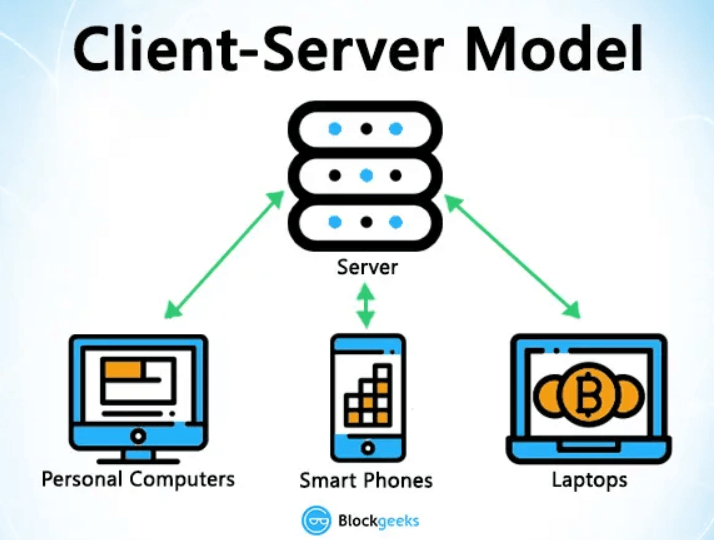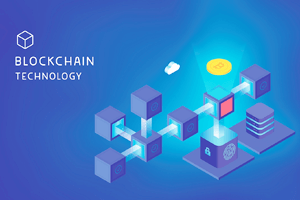Introduction
A blockchain is a growing list of records, named as blocks that are coupled with exploitation cryptography. Every block contains a cryptographic hash of the previous block, a timestamp, and dealings knowledge (generally portrayed as a Merkle tree).
By design, a blockchain is proof against modification of the info. It is an open, distributed ledger that can record transactions between a combination of parties efficiently and terribly in a verifiable and permanent way. To be used as a distributed ledger, a blockchain is typically managed by a peer-to-peer network placed on adhering to a protocol for inter-node communication and supportive new blocks. Once recorded, the info in any given block can not be altered retroactively whereas not alteration of all succeeding blocks, that wishes agreement of the network majority. Although the records don’t seem to be unalterable, blockchains are also thought-about secure by selection and exemplify a distributed ADPS with high Byzantine fault tolerance. The suburbanized agreement has so been claimed with a blockchain.
The reason why the blockchain has gained most admiration is that:
- It is not owned by a single entity, hence it is decentralized.
- The data is cryptographically stored inside.
- No one can tamper with the information that is inside the blockchain because it is immutable
- It is transparent so one can easily track the information.
The 3 Pillars of Blockchain Technology
The 3 main properties of Blockchain Technology that have helped it gain widespread acclaim square measure as follows:
- Decentralization
- Transparency
- Immutability
-
Decentralization
Before Bitcoin and BitTorrent came on, we tended to wear a lot of centralized services. The blockchain database is decentralized. It is not limited to any particular location meaning that all the data and records kept on the blockchain are public and decentralized. Since the data is not collected in a single place, there is no risk of corruption of the data by any hacker.
-
Transparency
One of the foremost fascinating and misunderstood ideas in the blockchain is “transparency.” Some individuals say that blockchain offers you privacy whereas some say that it’s clear. Why does one suppose that happens?
Well… a person’s identity is hidden via complicated cryptography and diagrammatic solely by their public address. So, if you were to appear up a person’s dealings history, you may not see. “Bob sent one BTC” instead you may see “1MF1bhsFLkBzzz9vpFYEmvwT2TbyCt7NZJ sent one BTC”.
-
Unchangeability
Immutability, within the context of the blockchain, implies that once one thing has been entered into the blockchain, it can’t be tampered with.
The reason why the blockchain gets this property is that the cryptologic hash operates. In straightforward terms, hashing means that taking an associated input string of associate length and giving out an output of a hard and fast length. Within the context of cryptocurrencies like bitcoin, the transactions are taken as input associated with a hashing formula (Bitcoin uses SHA-256) which provides an output of a hard and fast length.
Microsoft Windows 10 is a widely used operating system in computers all over the world. If you have skills in Microsoft Windows 10 then you can get a Windows 10 Certification from StudySection which can help you in getting hired. A beginner level certification exam for newbies and an advanced level certification exam for experts is available on StudySection.




